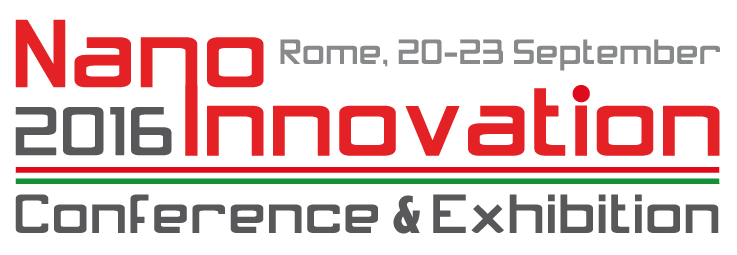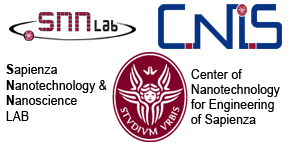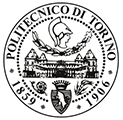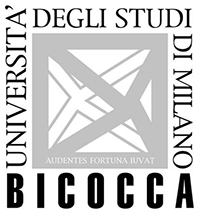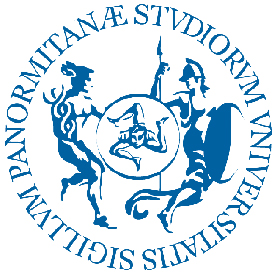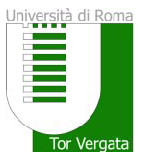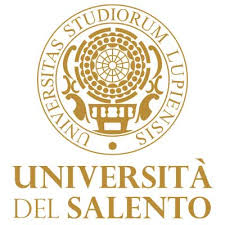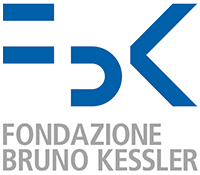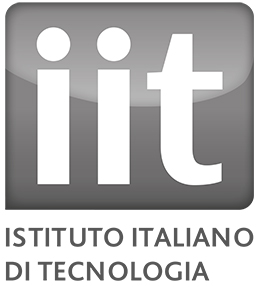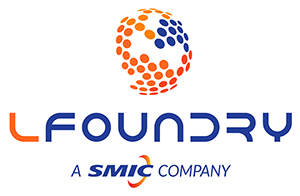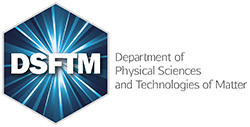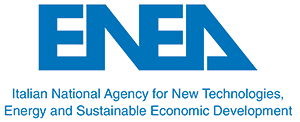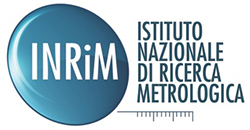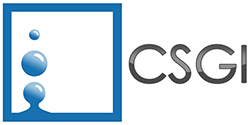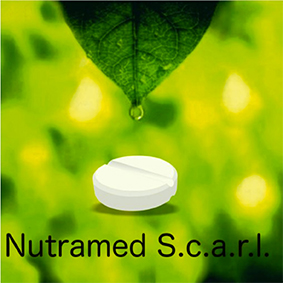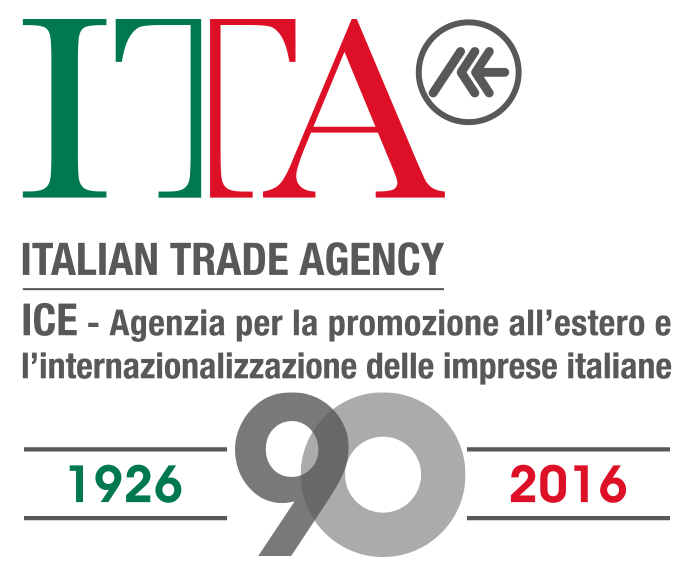Cristiano GALBIATI - Princeton University, USA
The existence of dark matter in the Universe is now established by a variety of cosmological observation and it represents the first evidence of new physics beyond the Standard Model of particle physics. Observation of dark matter particles in low background detectors operating in the cosmic silence of underground laboratories would open a door on a new sector of physics, but this has required the development of new solid state photodetectors with an outstanding photon counting ability. The advanced nanofabrication techniques available in the nanoelectronic fabs make now possible their mass production. The DarkSide program of dark matter detectors at Laboratori Nazionali del Gran Sasso (LNGS) relies on two-phase argon Time Projection Chambers (TPCs), installed at the center of two nested veto detectors. Its DarkSide-50 detector, currently in operation, is the only noble liquid dark matter detector operating in a background-free mode. The primary method for sensing of particles is detection of VUV argon scintillation light (128 nm) wavelength-shifted in the blue region (~430 nm). An improvement to the sensitivity of the program depends critically on the development of Silicon Photomultipliers (SiPMs) photosensors operating at the cryogenic temperature of 87 Kelvin. SiPMs would replace traditional PhotoMultiplier Tubes (PMTs), permitting to reduce the radioactive background of the detector and to significantly enhance the yield of detected scintillation light detected. A new detector of the DarkSide program will utilize SiPMs designed by FBK, mass produced by LFoundry. Success in the development of SiPMs would make of DarkSide-20k the highest sensitivity detector in the world in the search for dark matter and could make its direct observation possible. The SiPMs developed for DarkSide will also find possibile applications in other field, from medicine to bio-molecular imaging.
back to 20 September - Afternoon
Filippo MANCIA - Columbia University, USA
The past two years have witnessed a revolution in structural biology. Single particle cryo-electron microscopy (cryo-EM) was a method once limited to determining structures at low resolutions, where chemical features cannot be distinguished. Now, with the advent of directelectron detectors, single-particle cryo-EM has begun to reach the atomic resolutions formerly only available through X-ray crystallography – where chemistry can be related to both structure and sequence. Importantly, however, cryo-EM does not require the formation of crystals and only minuscule amounts of homogeneous sample are necessary. In principle any biological problem is within reach, and sample preparation (i.e. biochemistry) is the primary if not only limiting factor. We present here a recent example from my lab, where we used cryo-EM to determine the structure of a novel eukaryotic membrane protein, and place our results in a biological context.
Many biological processes, including the visual cycle and embryonic development are crucially dependent on an adequate supply of Vitamin A. A cell receives Vitamin A either directly from food intake, or from the liver, released as retinol (vitamin A alcohol; ROH) bound to its carrier retinol-binding protein (RBP, also termed RBP4), which allows the highly hydrophobic retinol to circulate in plasma. Once inside the cell, retinol binds specific intracellular carriers, specifically cellular retinol-binding proteins (CRBPs).
How retinol is released from RBP and internalized by target cells has been the subject of intense debate. In a landmark study in 2007, the RBP receptor was cloned and found to be a protein encoded by a gene previously identified and classified as stimulated by retinoid acid gene 6 (STRA6). STRA6 is a 75 kDa protein with 9 predicted TM segments, showing no sequence similarity to any known transporter, channel or receptor. However, since then progress in understanding how this system works at a molecular level has been hampered by the absence of an atomic model of STRA6.
We determined the structure of zebrafish STRA6 to 3.9Å resolution by cryo-EM. STRA6 displays one intramembrane and nine transmembrane helices in an intricate dimeric assembly.
Unexpectedly, calmodulin is bound tightly to STRA6 in a non-canonical arrangement.
Residues identified with RBP binding map to an arch-like structure that covers a deep lipophilic cleft. This cleft is open to the membrane, suggesting a possible mode for internalization of retinol via direct diffusion into the lipid bilayer.
Back to 20 September - Afternoon
Rutledge ELLIS-BEHNKE, University of Heidelberg, Mannheim - Germany and Massachusetts Institute of Technology - USA
The intersection of nanotechnology and healthcare forces us to completely rethink how to approach restoration of the body. Tissue engineering is no longer taking a cell, placing it in a particular scaffold, putting it back in the body and hoping that everything will reconnect and function properly. It is the ability to influence an environment either by adding, subtracting or manipulating that environment to allow it to be more conducive for its purpose. Regeneration is dependent upon three things: (1) a therapy which creates an environment that will permit regeneration to allow the body to heal itself; (2) stabilizing the injury site: by immediate hemostasis; by preserving tissue; and by controlling the environment -- stopping the invasion of bacteria, and foreign bodies, that slow or stop healing while also controlling inflammation; and (3) an objective measure that can be used to monitor the progress non-invasively. I’ll discuss some of the work that my lab is doing in the following areas, along with the progress towards translation:
Reversing blindness: acute and chronic central nervous system (CNS) regeneration with functional return of behavior. To speed up the process of CNS recovery after injury, the need for real-time measurement of axon regeneration in vivo is essential to assess the extent of injury, as well as the optimal timing and delivery of therapeutics and rehabilitation.
- Acute: Using self-assembled nanomaterials we were able to create a permissive environment and, after complete transection of the optic nerve of the brachium of the superior colliculus in rodents, were able to reconnect the disconnected parts and reverse blindness.
- Chronic: Using the framework of the 4 P’s of CNS regeneration (preserve, permit, promote and plasticity) as a guide, combined with non-invasive manganese-enhanced magnetic resonance imaging (MEMRI), we developed a successful chronic injury model to measure CNS regeneration, combined with an in vivo measurement system to provide real-time feedback during every stage of the regeneration process. We also showed that a chronic optic tract lesion in rodents was able to heal, and axons were able to regenerate, after treatment with a self-assembled nanomaterial.
Wound and tissue stabilization. Control of the healing process is critical for recovery of any injury but especially burn trauma. (1) A barrier needs to be created to stop bleeding and exclude bacteria and dirt; and (2) hydration control is critical for the preservation of organ function: too little, the kidneys fail; too much and the lungs fill, causing pneumonia and/or death. Each of the aspects below must be addressed for complete healing and restoration of tissue:
- Stopping bleeding in less than 15 seconds without clotting: We have shown that hemostasis can be achieved in less than 15 seconds in multiple tissues, as well as a variety of different wounds, using a self-assembling peptide that establishes a nanofiber barrier incorporating it into the surrounding tissue to form an extracellular matrix. This was the first time that nanotechnology has been used to stop bleeding in a surgical setting, for both small and large animal models, that does not rely on heat, pressure, platelet activation, adhesion, or desiccation to stop bleeding.
- Creating an environment that enables healing to progress in much the same as organogenesis with reduced inflammation along with matching modulus of the tissue.
Safety
How we need to rethink testing and regulation for many of the new therapy’s that are being developed and how they are different than many of the conventional treatments.
Challenges in translational development. There have been some recent breakthroughs in nanomedicine research in both animals and humans: reversing blindness; repairing the brain and spinal cord; stopping bleeding in less than 10 seconds; and using combination devices for detecting and identifying infectious agents. Several challenges are slowing the movement of nanomedicines to the bedside:
- The misconception that many small molecules are therapeutics
- Multiple technologies are being combined to create drug delivery devices
- New technologies are being used to evaluate efficacy and safety on materials that are orders of magnitude smaller in concentration.
Bottlenecks in regulation. Typically regulation lags behind technology. We are now entering the realm of molecular medical devices. This change in size fundamentally changes how we think about PK/PD. When a molecule goes below 10nm in diameter permeability goes to infinity, while solubility does not change. Many drugs that have failed, due to solubility issues in the past, may show efficacy without the side effects, if delivered in a targeted molecular form.
Back to 20 September - Afternoon
Umberto CELANO - IMEC, Belgium
Three dimensional (3D) nanoelectronic devices and novel materials has been already widely introduced to maintain scaling and performance improvement in nowadays microelectronics. Logic switches (transistors) have been the first to move from 2D to 3D in 2011 with the introduction of FinFET in replacement of planar devices. Nonvolatile memory has followed in 2014 with the replacement of traditional flash devices with 3D NAND. Finally, the requirements for future technology nodes foresee the introduction of new materials (such as III-V compound semiconductors) fully integrated in 3D structures (trenches) embedded in traditional Si substrates. However, the pervasive introduction of 3D devices poses unparalleled challenges to semiconductor metrology.
This presentation is dived in two main parts. First, the present applications of atomic force microscopy (AFM) for the characterization of different nanoelectronic devices are reviewed. Second, Scalpel SPM is introduced as a concept for three-dimensional characterization with nm spatial resolution based on electrical scanning probe microscopy. Finally, a broad set of examples using Scalpel SPM will be provided for the characterization of nanoelectronic devices such as FinFET, RRAM and 3D NAND.
Back to 21 September - Morning
Ludovic GOUX - IMEC, Belgium
For more than 40 years the evolution of Non-Volatile Memories (NVM) has mostly relied on the downscaling of floating-gate Flash memories. Today the scaling of NAND Flash is facing physical limitations below 20nm technology node, however the successful further density increase of Flash has been clearly demonstrated recently through 3D integration of Vertical NAND structures, which clearly consolidates the domination of this technology in high-density applications.
On the other hand, the latency/performance gap between Flash and DRAM has also increased further over the last years. This opens up an application space for emerging memory concepts that hold the promise of reaching a better trade-off. In this space, Spin-Transfer Torque Magnetic RAM (STT-MRAM) is a serious candidate in the Memory-mapped SCM (M-SCM) space, having potential to partially replace DRAM in low-power applications. On the other side of the SCM space, called the Storage-mapped SCM (S-SCM) space, Resistive RAM (RRAM) technologies are intensively developed as they promise excellent scalability together with low fabrication cost.
In this keynote we will review the assets of NAND Flash, STT-MRAM, and RRAM technologies, as well as some key technological challenges they are currently facing. Specific developments carried out at imec will be described. In a second part we will elaborate more extensively on the various developments within the RRAM family, where sub-categories like Oxide RAM (OxRAM), Conductive-Bridge RAM (CBRAM) or Self-Rectifying Cells (SRC) have emerged and have broadened further the exploration and application scope. We will review some achievements reached at imec in material developments and technological advances in OxRAM, CBRAM and SRC concepts, in particular with respect to cell size and current scaling. Strong reliability challenges (variability, endurance, retention) are still ahead, and will need to be addressed statistically on array level. Continued material research and process development in particular will be key to determine the future of these technologies.
Back to 22 September - Afternoon
Masaru HORI - Nagoya University, Japan
Plasma nanoscience and nanotechnologies have been bringing manufacturing innovations, such as Si ultralarge integrated circuits, GaN devices etc. Nowadays, plasma scientists together with industrial people have been putting forward the smart nanoprocessing, where the plasma nanoprocessing is autonomously controlled by the plasma equipment on the basis of plasma diagnostics and its data based feed-back system for the nanoprocessing. In these days, the atmospheric pressure plasma enabled to open nanoprocesses in device and material fields as well as new medicine and agriculture fields. For example, it was found that the high selectivity in killing cancer cells against normal cells was obtained by an irradiation of the atmospheric pressure plasma and the mechanism was clarified by the molecular biology. Eventually the plasma nanoinnovation is being developed by a combination of bio nanotechnologies. Approaches to nanodevices, nanomaterials and nanobiological filed is strongly progressed by the plasma nanoinnovation.
Such a novel and strategic system is operated by a concurrent executive system of making the establishment of plasma processing nanoscience and performing real collaborations with big and venture companies in Nagoya University. Eventually, we are aiming at giving rise to the society system innovation for global creations through the disputative plasma nanoinnovations.
So far, we have been investigating and developing a lot of original plasma equipment in green technologies such as radical (H, N, O, C, F) monitoring, a real time substrate temperature measurement system, and autonomously controlled plasma production system in the nanofabrication of ultralarge scale integrated circuits (ULSI) and so on. Furthermore, ultrahigh density radical source, which is installed into Molecular Beam Epitaxy (MBE) equipment for GaN thin film growth in LED and power devices processes was developed and commercialized.
Plasma activated medium controlling the nonequilibrium chemical species injected to mice enabled us to kill cancers successfully. These fruits have been invented by University scientists, developed and gotten in the business operation by University Ventures with big companies.
In my presentation, I will introduce the plasma nanoscience and nanotechnologies for innovations in the future industry, medicine and agriculture.
Back to 21 September - Morning
